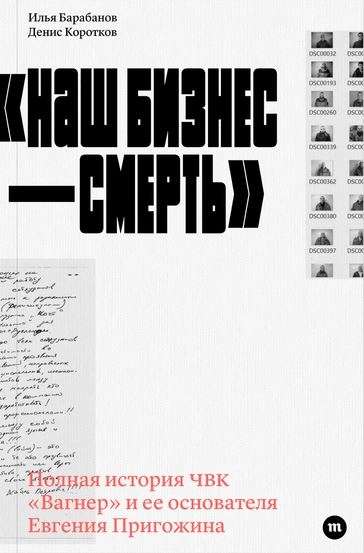The Visible Man, or The Culture of Cinema
"The Visible Man" (1924) by Hungarian writer and poet Béla Balázs (1884–1949) is one of the first books on film theory. Believing that "cinematography makes the human and his world visible," Balázs—under the influence of the ideas of Henri Bergson,... Georg Simmel, and Wilhelm Dilthey, whom he studied with in Paris and Berlin—turns to physiognomy and mimicry, becoming a pioneer in the study of the face and close-ups. He engages in a polemic with Kuleshov and Eisenstein to uncover the aesthetic laws of cinematic art, describes and analyzes its forms of expressiveness, and reveals the principles that have made cinematography so popular. Balázs examines different types of films, unveils the secrets of optical tricks, assesses a new direction—color cinema—reveals the significance of sound and music for films, and ironizes over the "happy ending." Balázs's ideas do not belong exclusively to the past; they are constantly referred to by scholars, historians, and film semioticians. The influence of "The Visible Man" on theoretical thought extends from Walter Benjamin's concept of "aura" to Christian Metz's film semiotics and feminist theories of the gaze.
Author: Бела Балаж
Printhouse: AD MARGINEM
Age restrictions: 16+
Year of publication: 2024
ISBN: 9785911038069
Number of pages: 160
Size: 185х130х15 mm
Cover type: soft
Weight: 130 g
Delivery methods
Choose the appropriate delivery method
Pick up yourself from the shop
0.00 £
Courier delivery






-medium.webp)






